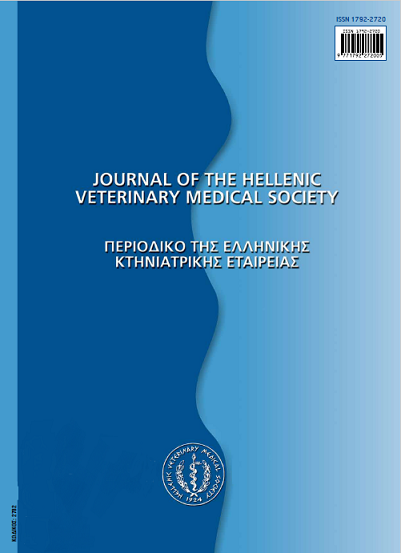Use of anaesthetic agents in farmed fish
Résumé
Anaesthetic agents are routinely used in farmed fish to permit the performance of painful procedures, ease handling and reduce stress during grading, tagging, transport, blood sampling, artificial breeding and vaccination of fish. An ideal anaesthetic for fish should induce anaesthesia rapidly, allow a rapid recovery, be safe to both fish and user, leave low tissue residues and be inexpensive and easy to use. A variety of factors, including species, size, body weight, gill surface area to body weight ratio, lipid content, sex, sexual maturity, physical condition and health state of the fish, as well as temperature, pH, salinity and oxygen and mineral content of the water may affect the anaesthetic process in fish. The most commonly used anaesthetics are tricaine, benzocaine, phenoxyethanol, quinaldine, quinate, clove oil and metomidate. Tricaine is the only anaesthetic licensed for farmed fish use in the USA. It is easy to use and safe, but also expensive. Benzocaine is cheaper, but poorly water-soluble and has to be prepared in either ethanol or acetone. Phenoxyethanol is considered by most fish farmers as the anaesthetic of choice for farmed fish, because of its easy preparation, low price, rapid action and bactericidal and fungicidal properties. Quin aldine and quinate are effective and easy to use anaesthetic agents, however, a number of adverse effects have been reported to both fish and users. The active ingredients of clove oil are eugenol and isoeugenol and have been introduced only recently as fish anaesthetics. Apart from being inexpensive and easy to use, clove oil has also bactericidal and fungicidal properties. Metomidate may have a certain advantage as it probably evokes a less severe stress response in fish than the other anaesthetic agents.
Article Details
- Comment citer
-
TSANTILAS (Η. ΤΣΑΝΤΗΛΑΣ) H., GALATOS (Α. Δ. ΓΑΛΑΤΟΣ) A. D., & ATHANASSOPOULOU (ΑΘΑΝΑΣΟΠΟΥΛΟΥ Φ.) F. (2017). Use of anaesthetic agents in farmed fish. Journal of the Hellenic Veterinary Medical Society, 56(2), 130–137. https://doi.org/10.12681/jhvms.15077
- Numéro
- Vol. 56 No 2 (2005)
- Rubrique
- Review Articles
Authors who publish with this journal agree to the following terms:
· Authors retain copyright and grant the journal right of first publication with the work simultaneously licensed under a Creative Commons Attribution Non-Commercial License that allows others to share the work with an acknowledgement of the work's authorship and initial publication in this journal.
· Authors are able to enter into separate, additional contractual arrangements for the non-exclusive distribution of the journal's published version of the work (e.g. post it to an institutional repository or publish it in a book), with an acknowledgement of its initial publication in this journal.
· Authors are permitted and encouraged to post their work online (preferably in institutional repositories or on their website) prior to and during the submission process, as it can lead to productive exchanges, as well as earlier and greater citation of published work.







